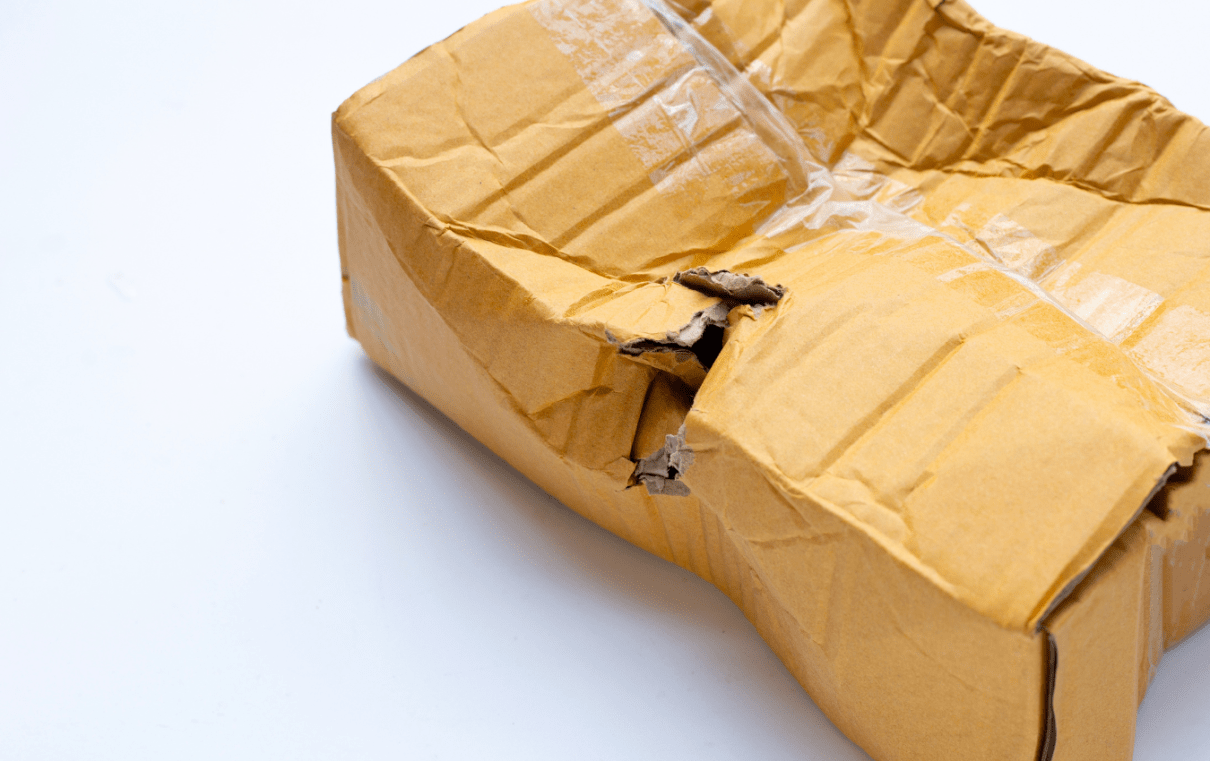Home » Understanding and Preventing Breakage in Packaging
Understanding and Preventing Breakage in Packaging

In the world of packaging and shipping, one of the most critical concerns is breakage – the damage that occurs to products during transit. This not only results in financial losses but can also tarnish a brand’s reputation. This blog post explores what breakage is in the context of packaging, its implications, and effective strategies to prevent it.
What is Breakage in Packaging?
Breakage refers to the damage that products sustain while being stored, handled, or transported. It can range from minor cosmetic damage to complete functional failure. Breakage is a significant issue in industries where products are fragile, such as electronics, glassware, or ceramics.
Implications of Breakage
The consequences of breakage are multifaceted:
- Financial Losses: The direct costs include the loss of the damaged goods and the additional shipping costs for replacements.
- Customer Dissatisfaction: Receiving damaged goods leads to customer dissatisfaction, impacting brand loyalty and repeat business.
- Reputation Damage: Frequent breakage issues can harm a company’s reputation, affecting long-term business prospects.
Causes of Breakage
Understanding the causes is key to prevention:
- Inadequate Packaging Materials: Using materials that don’t provide enough cushioning or support can lead to breakage.
- Poor Packaging Design: Design that doesn’t account for the product’s shape, size, or fragility can increase the risk of damage.
- Rough Handling: Mishandling during loading, unloading, and transit can cause breakage, especially if the packaging isn’t designed to withstand such conditions.
- Environmental Factors: Extreme temperatures, humidity, or pressure changes can also lead to product damage.
Preventing Breakage: Best Practices
- Choose the Right Packaging Materials:
- Utilize high-quality, durable materials that provide adequate cushioning and support.
- Consider materials like bubble wrap, foam inserts, or corrugated padding for added protection.
- Design Packaging with the Product in Mind:
- Custom-fit packaging can significantly reduce the risk of movement and impact.
- Ensure the packaging design considers the product’s weight, shape, and fragility.
- Test Your Packaging:
- Conduct drop tests and other simulations to assess the durability of your packaging under various conditions.
- Use the results to make necessary adjustments to your packaging design and materials.
- Label Packages Appropriately:
- Clearly label packages as ‘Fragile’ or ‘Handle with Care’ to encourage careful handling.
- Use directional labels if the product needs to be kept in a specific orientation.
- Educate and Train Staff:
- Provide training for staff in proper packaging techniques.
- Emphasize the importance of careful handling at all stages of the distribution process.
- Monitor and Adapt:
- Regularly review and analyze any instances of breakage to identify patterns or common issues.
- Be prepared to adapt your packaging strategies based on feedback and new challenges.
- Work with Reliable Shipping Partners:
- Partner with reputable carriers known for handling goods carefully.
- Consider insurance options for high-value items to mitigate financial risks.
If you are interested in packaging with optimal protection from breakage, then partner with Brown Packaging today to get started.
RSC boxes are known for their efficiency and versatility, but their performance ultimately comes down to strength. Buyers often see numbers like ECT, BCT, and
In packaging, foam isn’t just about initial protection — it’s about maintaining performance over the entire shipping or storage cycle. Compression set and recovery characteristics
Pouches are a go-to for flexibility and convenience, but they can fail in critical ways—from poor seals to punctures and delamination—that hurt performance and brand
In the retail environment, the placement of Point of Purchase (POP) displays is just as critical as their design and content. Strategic positioning can significantly
Choosing the right foam density isn’t about “soft” versus “hard” — it’s about controlling shock transmission and matching the foam’s cushioning curve to the product’s
Moisture resistance and dimensional stability are critical performance factors for custom inserts, especially when products are shipped or stored in variable climates. Both foam and
Home » Understanding and Preventing Breakage in Packaging
In an increasingly competitive and environmentally conscious world, protective packaging has become an essential component of product manufacturing and delivery. The demand for efficient and
In recent years, sustainability has become a key focus in various industries, including packaging. As companies strive to minimize their environmental footprint, innovative solutions are
In our daily lives, we come across a plethora of pharmaceutical products, either in our personal capacity or via someone close to us. In this